LiPo Batteries For Airsoft

Lithium Polymer Charging/Discharging Instructions & Safety Information
Lithium Polymer Safety Tips: Lithium Polymer cells are a tremendous advance in battery technology for airsoft use. However, due to the chemistry of lithium cells, there is a possibility of fire if charging is not properly done. It is unavoidable due to the nature of lithium itself. This is no different from many things we use in daily life – knives, kitchen cleaners, automobiles, for a few examples – which are inherently dangerous, but which can be used safely by adhering to simple rules and precautions.
• Batteries should NEVER be left unattended while charging.
• Be absolutely sure that the Lithium Polymer charger settings are correct for the battery pack being charged – both voltage and current settings.
• Lithium Polymer must be CHARGED and STORED in a fire-safe container like a Lipo Sack.
• Do not charge batteries near flammable items or liquids.
• Keep a dry fire extinguisher nearby or a large bucket of dry sand, which is a cheap and effective extinguisher.
• Never charge inside an automobile even when parked.
• KEEP BATTERIES AWAY from children and pets at ALL times.
Connection: Be sure that the correct polarity is observed when connecting battery packs to charger or ESC.
RED = POSITIVE (+)
BLACK = NEGATIVE (-)
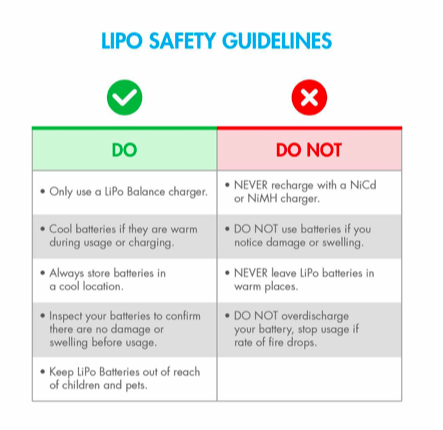
Charging/Discharging: Your new pack arrives half charged. Charge your pack fully before first use. Charge your LiPo battery pack at 5C or less on the LiPo setting only. You must use a balance charging system similar to the Hyperion chargers offered here at MaxAmps. Otherwise, you risk your pack becoming severely out of balance over time, which will significantly decrease the lifespan.
Ex: If charging a 4000mah LiPo pack at 1C, you would be charging it at 4 Amps.
Ex: If balance charging a 4000mah LiPo pack at 5C, you would be charging it at 20 Amps.
Please refer to your owner’s manual regarding the recommended ESC cutoff voltage for your particular application prior to first use to avoid accidentally over-discharging your batteries.
Do NOT charge your LiPo packs on a NIMH/NICD charger. Your charger must be designed for LiPo cells. Do not charge above 4.2V per cell, over discharge under 3V per cell. Never leave LiPo packs unattended during charging or after a crash in your vehicle. Don’t leave the battery pack plugged into a vehicle while not in use. The pack can still discharge to an unsafe level and damage the pack even if all components are turned off.
It is dangerous to draw more power than what the pack is rated for. This will void any warranty on the pack and can also cause your battery pack to ignite into flames. The temperature of the pack should never exceed 60C degrees. If it does, you may need a pack that is rated to handle more power.

Storage Procedure: When not using your LiPo/Life battery pack, store it at 60-70% of the pack’s rated capacity. Make sure to cycle your packs at least once per month since leaving them on the shelf for a prolonged period of time can cause the packs to get severely out of balance, puff/swell or even go dead.
Balancing taps on LiPo/LiFe Packs: All MaxAmps LiPo/LiFe packs come standard with a JST-XH style balancing tap (white connector). This tap is compatible with all Hyperion balance chargers. Always balance charge your pack before each use as this “matches” the voltage of each cell to give you the highest performance and longest life.
Handling Cautions:
- Never leave batteries inside a car on a hot day or any other place where temperature may exceed 60C.
- Although environmentally friendly, lithium polymer cells must be FULLY discharged before disposal. Use a resistor setup (light bulbs, for example) to accomplish this, to avoid the possibility of a short-induced fire after disposal.
- Immediately discharge damaged batteries at 1/2 C rate and dispose.
- Do not put the loose cells in a pocket, bag, or drawer where they could short-circuit against other items, or the battery tabs could be pressed against each other.
- Do not place the loose cells on any conductive surface, such as a metal-topped table.
- We recommend purchasing pre-assembled packs rather than assembling packs from loose cells.
- Take care that the cells are not punctured, especially by metallic objects like hobby knives.
- If the electrolyte in the cells should get on your skin, thoroughly wash with soap and water. If in the eyes, rinse thoroughly with cool water. Immediately seek medical attention for this, or for burns.
- Although our batteries are now water sealed, we do not recommend submerging our batteries for extended periods of time. The battery packs will be protected during normal airsoft conditions.
All Lithium Polymer Batteries we carry are only approved for rc use, and may not be used in any other application. Battery discharging, charging, electric motors all have the potential for serious injury to persons and damage to property. In purchasing these products, the user agrees to accept responsibility for all such risks, and not to hold the battery manufacturer, distributors, or retailers - (all including owners and employees) - responsible for any accident, injury to persons, or damage to property.
The use of Lithium Polymer batteries in airsoft is to be considered experimental, and there is no warranty, expressed or implied, by the manufacturer, distributors, or retailers with respect to the capacity, life in cycles, storage, or discharge characteristics of lithium cells in airsoft use, nor any other use nor aspect unless otherwise stated.
LiPo Battery Warming Devices/”Bumping” LiPo Packs:
Do not, under any circumstances, attempt to “heat up” your batteries or increase the voltage of a pack above 4.2V per cell using these devices or techniques. Some insidious lithium polymer retailers/distributors have suggested using these devices and techniques to increase the performance of your lithium polymer packs. THIS IS NOT SAFE AND IS LITERALLY PLAYING WITH FIRE!
Devices on the market that heat up lithium polymer batteries can increase the risk of a fire. Lithium polymer cell manufacturers suggest that exceeding 60 degrees is NOT a safe temperature for a lithium polymer cell. At 60 degrees, the pack can become unstable and very dangerous. The small increase in performance is not worth the risk of a fire.
PLEASE STAY SMART AND SAFE BY NOT USING THESE PRODUCTS!
Some retailers/distributors of other brands of lithium polymer batteries have suggested that their customers “bump” the voltage of their packs using settings other than the lithium polymer setting on their charger. The manufacturers of lithium polymer cells suggest a voltage range of 3V-4.2V. Increasing voltage above 4.2V per cell is not safe. You should never attempt to charge your packs beyond the voltage set for lithium polymer packs on your lithium polymer charger. Using other battery settings to “bump” the voltage beyond 4.2V per cell can cause fire and injury. The small increase in performance is not worth the risk of fire.
PLEASE DO NOT USE THESE METHODS!


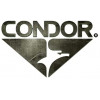



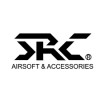
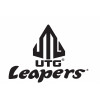

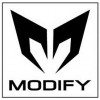
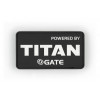

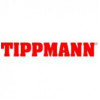


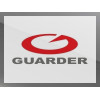

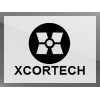
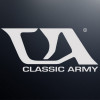




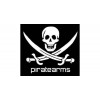



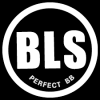
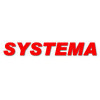



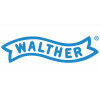
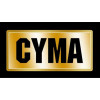




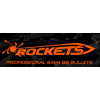
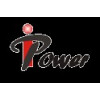
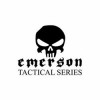
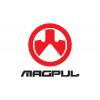


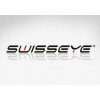

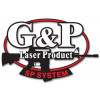
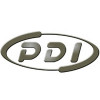

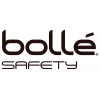

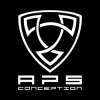

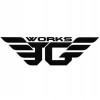



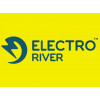

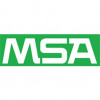
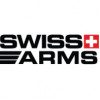
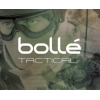


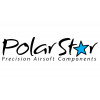
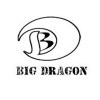

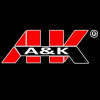
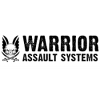
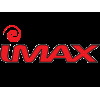


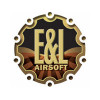




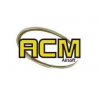
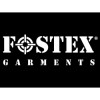
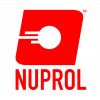
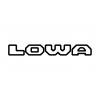

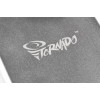

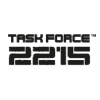
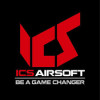

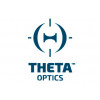

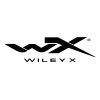
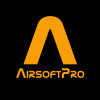

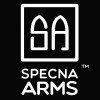


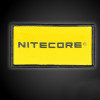
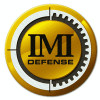


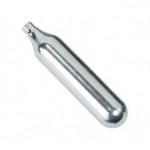
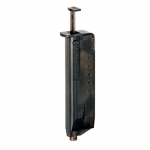
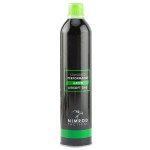
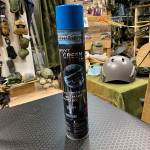
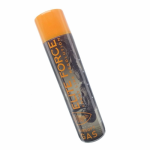
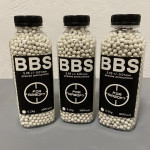
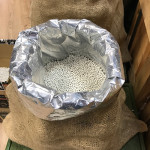


Leave a Comment